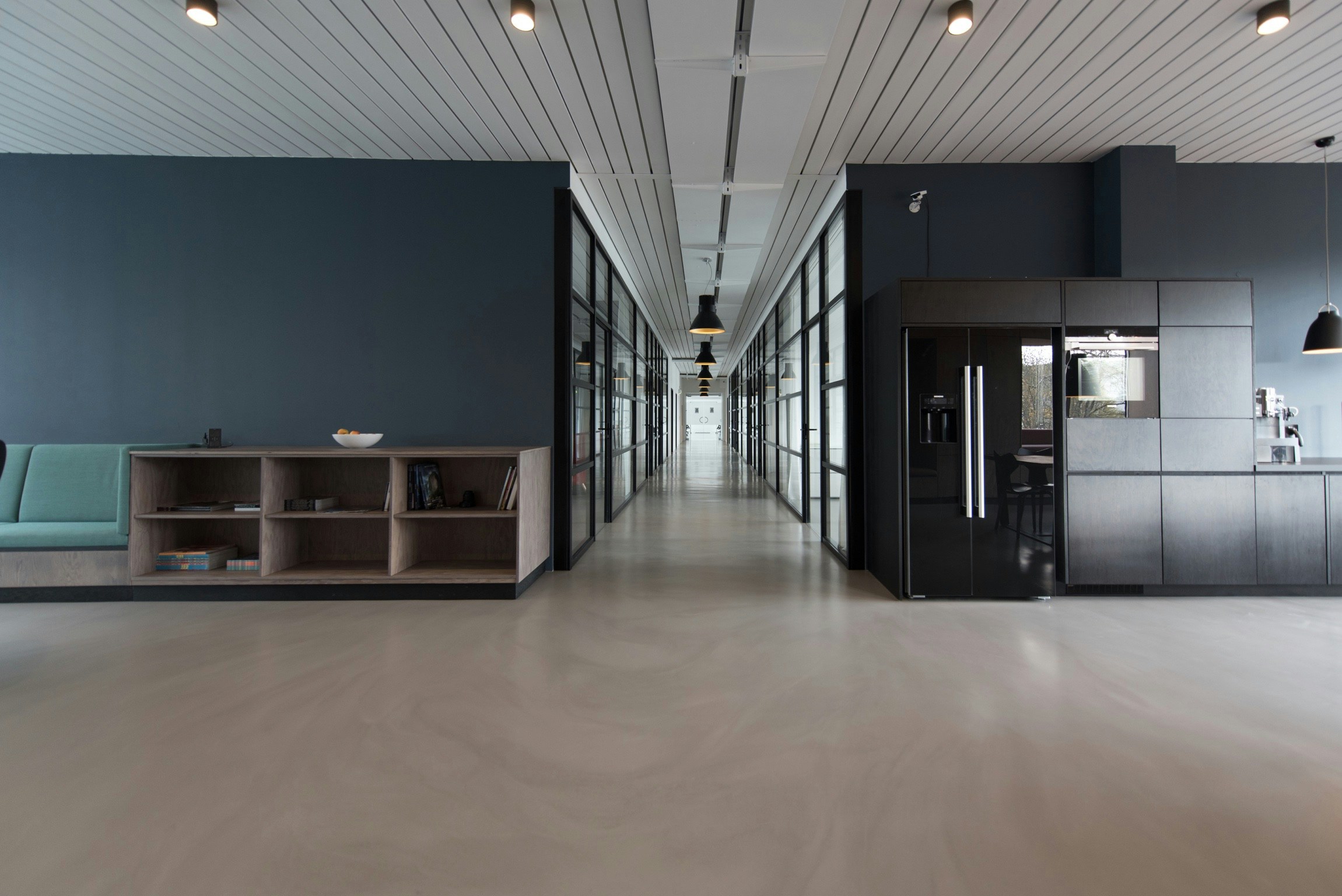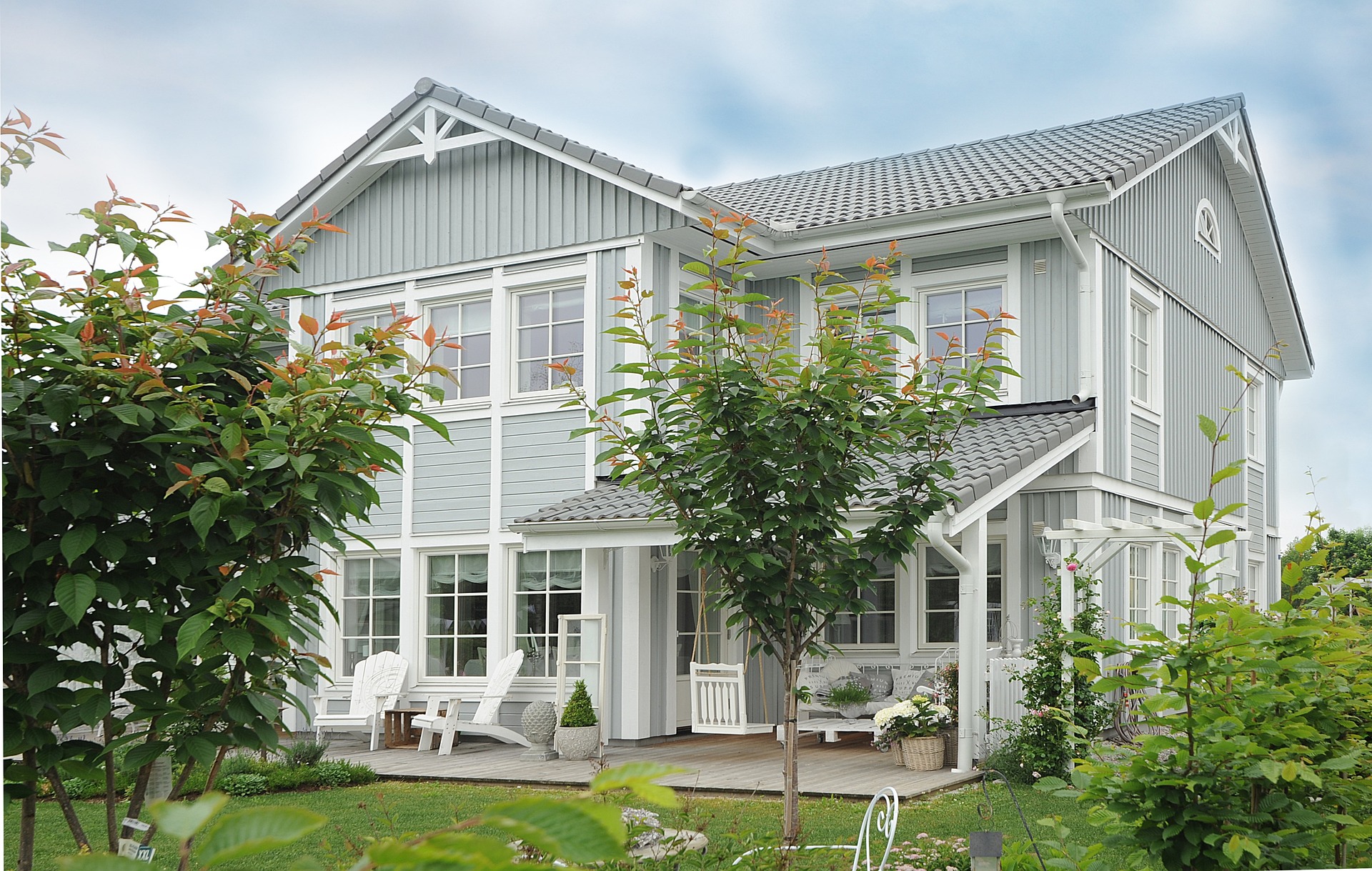How Flexible Layouts Support Changing Needs
In today’s fast-paced and ever-evolving world, adaptability is key. Whether in architecture, interior design, technology, or organizational workflows, the ability to adjust and reconfigure spaces or systems to meet changing demands is invaluable. Flexible layouts have emerged as a crucial strategy to accommodate shifting requirements, enhance efficiency, and future-proof environments. This article explores how flexible layouts support changing needs, the benefits they bring, and examples of their application across various fields in 2025.

Understanding Flexible Layouts
A flexible layout refers to a design approach that allows spaces, systems, or structures to be easily modified, expanded, or reconfigured with minimal effort or cost. Unlike rigid, static layouts designed for a single purpose or fixed configuration, flexible layouts emphasize adaptability and multifunctionality.
In physical spaces, this might include movable walls, modular furniture, or open floor plans that can be partitioned or combined as needed. In digital environments, it can refer to adaptable user interfaces or scalable architectures that accommodate varying workloads or user preferences.
The core principle behind flexible layouts is to create environments that can respond dynamically to changing conditions—whether those are shifts in user needs, technological advancements, or external factors such as economic or social trends.
Benefits of Flexible Layouts in Meeting Changing Needs
1. Enhanced Adaptability and Scalability
One of the primary advantages of flexible layouts is their ability to adapt seamlessly to new requirements. For businesses, this means office spaces can evolve with team growth or shifts to hybrid work models without expensive renovations. In retail, stores can rearrange product displays quickly to respond to seasonal trends or consumer behavior changes.
Scalability is also a significant benefit. Flexible layouts allow environments to expand or contract easily. For example, modular construction techniques enable the addition of new units or floors with minimal disruption. In software design, flexible layouts in user interfaces support different screen sizes and devices, ensuring accessibility and usability across platforms.
2. Cost Efficiency Over Time
While the initial investment in flexible layouts may be higher due to the need for modular components or advanced technology, the long-term cost savings are substantial. Organizations avoid frequent, costly overhauls or relocations because their spaces or systems can evolve internally.
Moreover, repurposing existing layouts reduces waste and environmental impact. In 2025, sustainability remains a priority, and flexible designs support circular economy principles by extending the life and utility of materials and infrastructure.
3. Improved User Experience and Productivity
Flexible layouts empower users to personalize their environments according to their preferences and tasks. In workspaces, this can mean adjustable desks, movable partitions, or collaborative zones that foster creativity and focus as needed. In educational settings, classrooms designed with flexibility enable varied teaching methods and group sizes, enhancing learning outcomes.
By accommodating diverse needs and promoting comfort, flexibility contributes to higher satisfaction and productivity. It also supports inclusivity, ensuring spaces are accessible and usable by people with different abilities.
Applications of Flexible Layouts in 2025
Architecture and Interior Design
The architecture and interior design industries have widely embraced flexible layouts as a response to evolving lifestyles and work habits. In 2025, hybrid work models are prevalent, requiring office environments that support both in-person collaboration and remote work preparation.
Buildings increasingly feature modular walls, retractable partitions, and multifunctional furniture. Residential spaces incorporate convertible rooms that serve as home offices, gyms, or guest rooms depending on the occupant’s needs. Smart home technology integrates with these physical elements to automate adjustments for lighting, temperature, and privacy.
Additionally, urban planning incorporates flexible public spaces that can host markets, performances, or recreational activities, adapting to community needs and events.
Technology and User Interface Design
In the technology sector, flexible layouts manifest in responsive and adaptive design principles. Websites and applications are built to automatically adjust to various devices, screen sizes, and user preferences, ensuring consistent functionality and aesthetics.
Enterprise software uses modular architectures that allow companies to add or remove features based on operational demands. Cloud computing infrastructure employs flexible resource allocation to handle fluctuating workloads efficiently.
In 2025, advancements in artificial intelligence further enhance layout flexibility by predicting user needs and automatically suggesting or implementing layout adjustments for optimal performance.
Organizational and Workflow Design
Beyond physical and digital spaces, the concept of flexible layouts extends to organizational structures and workflows. Companies adopt agile methodologies that promote flexible team configurations, project management frameworks, and communication channels.
Workflows are designed to be scalable and adaptable, allowing rapid response to market changes, customer feedback, or internal innovations. Flexible organizational layouts reduce bottlenecks and foster a culture of continuous improvement.
Hybrid and remote work settings benefit greatly from flexible scheduling and virtual collaboration tools, enabling employees to balance productivity and well-being.
Challenges and Considerations
While flexible layouts offer numerous advantages, they also present challenges. Designing truly adaptable environments requires careful planning, foresight, and investment in quality modular components or technology. Over-flexibility can lead to a lack of structure or coherence, potentially causing confusion or inefficiency.
Maintenance and management of flexible systems can be complex, requiring trained personnel and robust protocols. Furthermore, balancing flexibility with security and privacy—especially in shared or digital environments—is essential.
In 2025, addressing these challenges involves leveraging data analytics to understand usage patterns, integrating smart technologies for seamless control, and involving users actively in the design and evolution of flexible layouts.
Conclusion
Flexible layouts are a vital strategy to support changing needs across diverse domains. By enhancing adaptability, scalability, and user experience while promoting cost efficiency and sustainability, flexible designs enable environments and systems to thrive amid uncertainty and rapid change.
As we move further into 2025 and beyond, the importance of flexibility will only grow. Embracing flexible layouts equips organizations, communities, and individuals to navigate evolving demands with resilience and creativity, ultimately fostering innovation and well-being in an interconnected world.
Disclaimer: All content, including text, graphics, images and information, contained on or available through this web site is for general information purposes only. The information and materials contained in these pages and the terms, conditions and descriptions that appear, are subject to change without notice.



